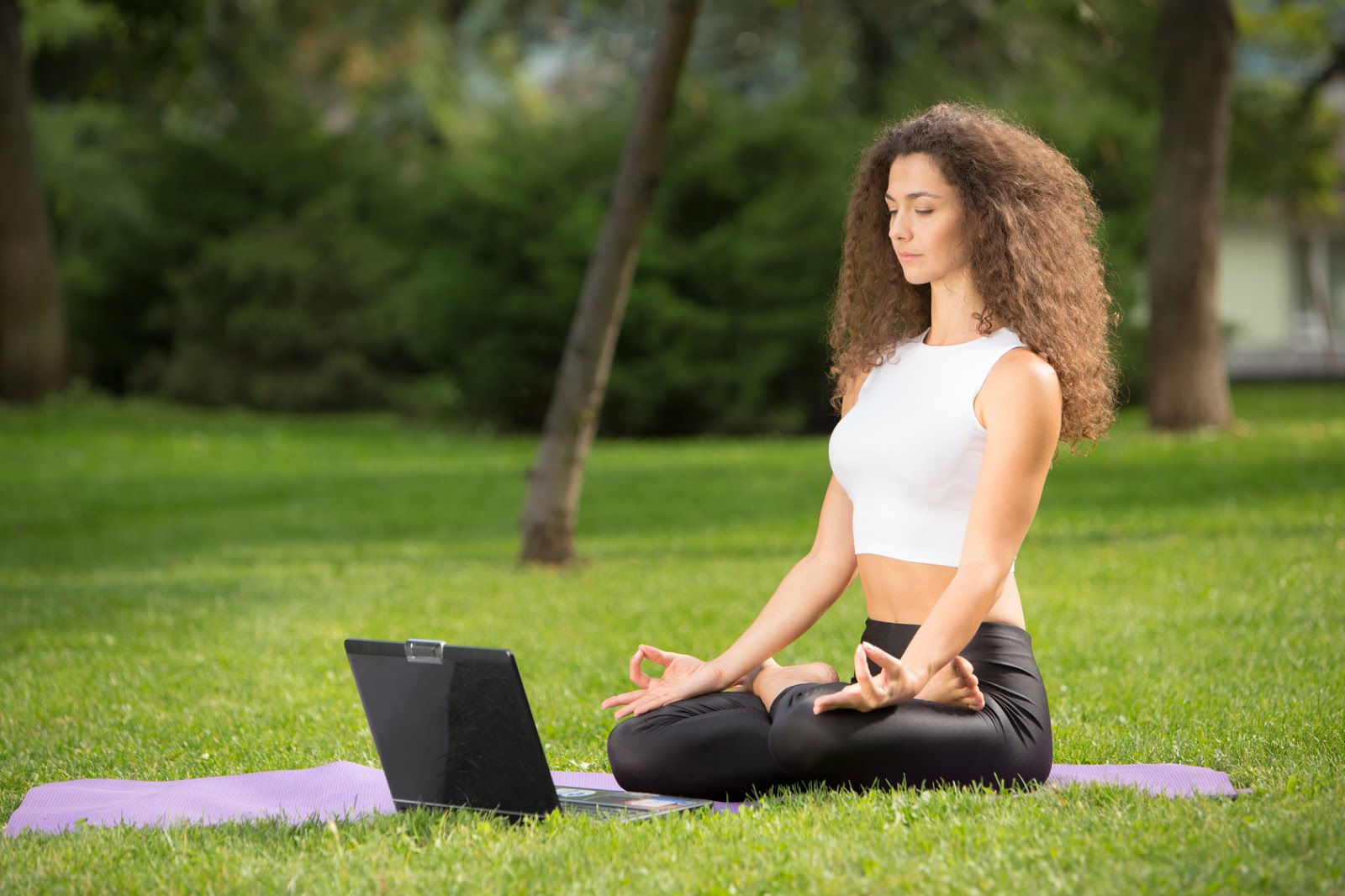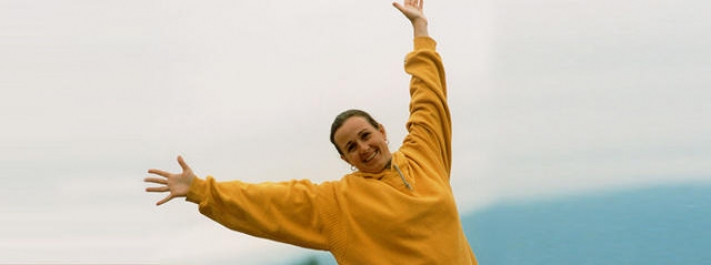Every Question Is Answered
At 16, I thought to myself, “I just want to be like Buddha. What does it take to be like Buddha?” and at 17, during a stressful research paper, “Is this really all there is to life? Right now I feel like pulling my hair out and crying, stressing over this essay. And what after this? I graduate, start a family and die while my children follow the same cycle? …Is life truly a never ending conveyor belt of going through stress to have kids so they can also go through stress and die? Really?” Silence.

At 20, I had the realization that I did not actually have to go through suffering; it was all a choice. “But how? How to stop suffering through these emotions?” again, silence. At age 21, a series of questions happened just months before coming into the Art of Living.
These questions, too, were met with silence while I quietly pondered to myself briefly before resuming whatever I was doing at the moment.
Walking through campus, I stopped for a moment and asked myself: “How will I show my fellow students that they don’t have to suffer through college?” I had recently completed a yoga teacher training which educated me a great deal about awareness and being present. Even in my stress management class, students would talk about how they’d be so happy once they finally graduate. “How will I tell them the secret is in the present moment?”

Some less existentially pressing, but still deeply curious questions came as well. I really wondered, “What would ever make me stop smoking? Having a highly professional career and dynamic team? Being a CEO or working right under a CEO? Nope. Even having a child would still allow me this habit. Was there anything in the world that would get me to stop?” I really didn’t think so.
Relaxing alone one day after a long day at campus, I saw a group of students sit at a table not far from where I was inside of a campus library. They seemed so jovial and happy. Laidback, fulfilled, even. I was fascinated. What was it they were talking about? What kind of jokes did they make? Did they use foul language even a little bit? What would it be like for me to interact and converse with them? Probably extremely delightful. I suddenly wanted to hang out with Indians and have happy Indian friends. How would I do that? Silence.

And right around the same time I had taken my first Happiness Program with the Art of Living, again at age 21 a thought occurred, “Should I spend some time at an ashram?” This was before I knew ashrams existed in the modern world, not only as a far-off reach somewhere in the mountains of east Asia. Within a short span of a few months, I discovered that ashrams exist not only in North America, but right here with the Art of Living Foundation in the Blue Ridge Mountains of North Carolina.
Today I am living at a 180 degree angle to where my questions originated. I have not only received an answer, but experienced and witnessed each answer with my own eyes.
Every question has an answer. And if you’re lucky, the answer will be silence.

Alicia Nelson (B.A.) studies Global Studies at Arizona State U. With a deep interest in experiencing what’s more in life, she is dedicated to volunteering and helping others do the same.



